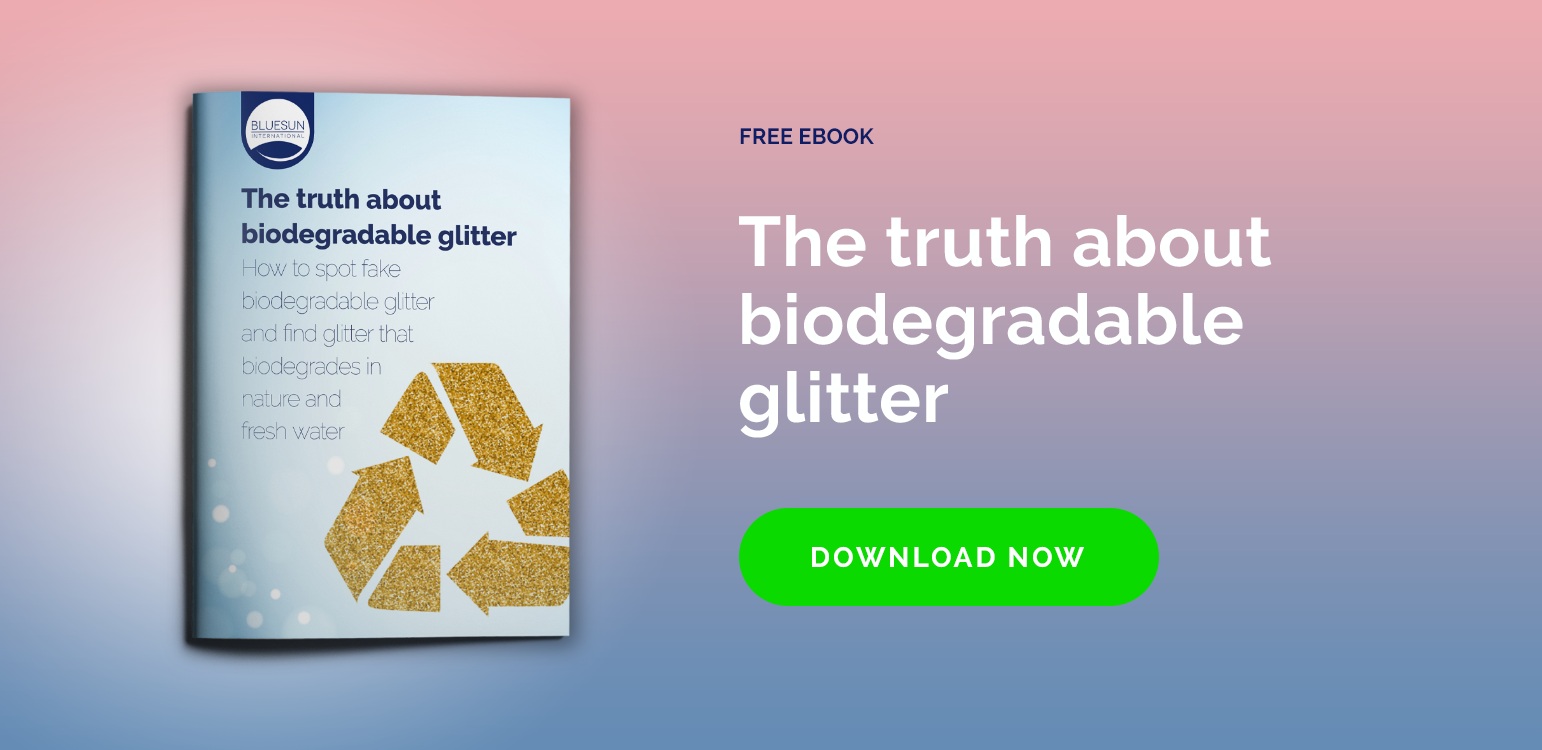3-O-Ethyl-Ascorbic acid and L-Ascorbic acid may sound like the same thing, right? Not entirely. They both are forms of vitamin C that give you a brighter and younger complexion, free of dark spots. Their INCI name is Ethyl Ascorbic Acid. There are differences in effectiveness, stability, and benefits that you should consider carefully.
Vitamin C is a household name in the skincare industry. It is a powerful antioxidant that can help even out your skin tone and increase your collagen production. You can get a brighter complexion and erase fine lines and wrinkles. What else could you ask for?
However, more often than not, we end up using formulations that promise to have vitamin C but are pretty useless. Why does that happen? Which vitamin C is better?
Pure vitamin C is highly unstable and oxidizes quickly. It loses its effectiveness real soon upon contact with light or air. That's why vitamin C products come in dark, air-tight packaging to avoid the product going bad.
Delve into science and explain to you the differences between two popular forms of vitamin C, along with its pros and cons.
What Is Vitamin C and Why It Is So Important in Skincare?
Vitamin C, aka ascorbic acid, is a potent antioxidant that anyone should include in their skincare routine. It protects skin from ultraviolet B (UVB) and blue light damage. Vitamin C essentially works hand in hand with your sunscreen!
Sun exposure, stress, and pollution are responsible for most age-related changes in skin appearance by producing free radicals, inducing DNA damage, and degrading collagen.
Vitamin C stands out as a powerful anti-aging ingredient that can enhance collagen synthesis, helping with fine lines and wrinkles. This translates into a firmer and plumped skin.
Ascorbic acid can give you a brighter complexion. It inhibits the melanin-biosynthesis pathway in the skin. Hence, it can even out the skin tone and help with hyperpigmentation, age spots, melasma, and sun damage.Last but not least, vitamin C can help heal acne lesions by soothing irritation and inflammation. Ascorbic acid is a powerful multitasker!
What Is L-Ascorbic Acid?
L-ascorbic acid (AA), is the pure form of vitamin C. It is the most effective of all types of vitamin C and the most used in topical formulations as an antioxidant and antiaging ingredient in concentrations between 10% to 20%.
However, there are some issues when using L-ascorbic acid. The physicochemical properties of this vitamin C form are less than ideal for skin uptake.
The L-ascorbic acid molecule is highly unstable. It can easily break down and oxidize on exposure to air, light, and high temperatures. So, you will be forced to toss your favorite vitamin C product when it turns from its original light orange color to brown (oxidation).
Since L-Ascorbic acid only remains stable at a pH of 3.5, this low pH can cause irritation, this form of vitamin C is not the best for sensitive skin!
Let's Talk About 3-O-Ethyl-Ascorbic Acid
Trying to overcome L-ascorbic acid limitations comes a stable vitamin C derivative called ethyl-L-ascorbic acid.
This molecule's chemical structure is vitamin C with an ethyl group bound to the third carbon position. This structure guarantees stability when used in cosmetic formulations and extends its shelf life beyond a month.
Also, 3-O-Ethyl-Ascorbic acid is soluble in both water and oil. Hence, you get durability and effectiveness in one product! It can penetrate the skin better and faster, without irritation.
3-O-Ethyl-Ascorbic Acid and Emollients
You can use ethyl-L-ascorbic acid day and night after the cleansing step of your skincare routine.
And you should choose our Act EAA, aka High Purity Ethyl Ascorbic Acid. In that case, you get a vitamin C powder for face that you can mix with your daily moisturizer for an easy yet effective application.
Emollients (skin softeners) often added in a lot of moisturizers also can act as penetration enhancers for the vitamin C.
The increased penetration can occur due to the hydration mechanism of the skin or moisturizing effects. But an increased solubility of active compounds in the stratum corneum may also happen by changes in the structure of intercellular lipids of the skin layer.
Whichever mechanism is involved, by mixing your vitamin C powder with emollients, you can increase its absorption and effectiveness without increasing irritation.
A Final Word
The bottom line is that your typical L-ascorbic acid product could irritate your skin and oxidize in a week. So, when choosing your vitamin C serum, do so carefully and put chemical composition over brands and skincare hype.
When in doubt, always choose a vitamin C product made with 3-O-Ethyl-Ascorbic acid!
A well-formulated and properly packaged powder like Act EAA or serum with ethyl-L-ascorbic acid may work better for you and last longer.
References
- Iliopoulos, F., Sil, B., Moore, D., Lucas, R., & Lane, M. (2019). 3-O-ethyl-l-ascorbic acid: Characterisation and investigation of single solvent systems for delivery to the skin. International Journal Of Pharmaceutics: X, 1, 100025. doi: 10.1016/j.ijpx.2019.100025
- Zerbinati, N., Sommatis, S., Maccario, C., Di Francesco, S., Capillo, M., & Rauso, R. et al. (2021). The Anti-Ageing and Whitening Potential of a Cosmetic Serum Containing 3-O-ethyl-l-ascorbic Acid. Life, 11(5), 406. doi: 10.3390/life11050406
- Mardhiani, Y., Azhari, D., & Wulansari, S. (2019). Influence of Emollient on the Preparation and stability of Sodiun Ascorbyl Phospate Cream. Indonesian Journal Of Pharmaceutics, 1(1). doi: 10.24198/idjp.v1i1.19893




